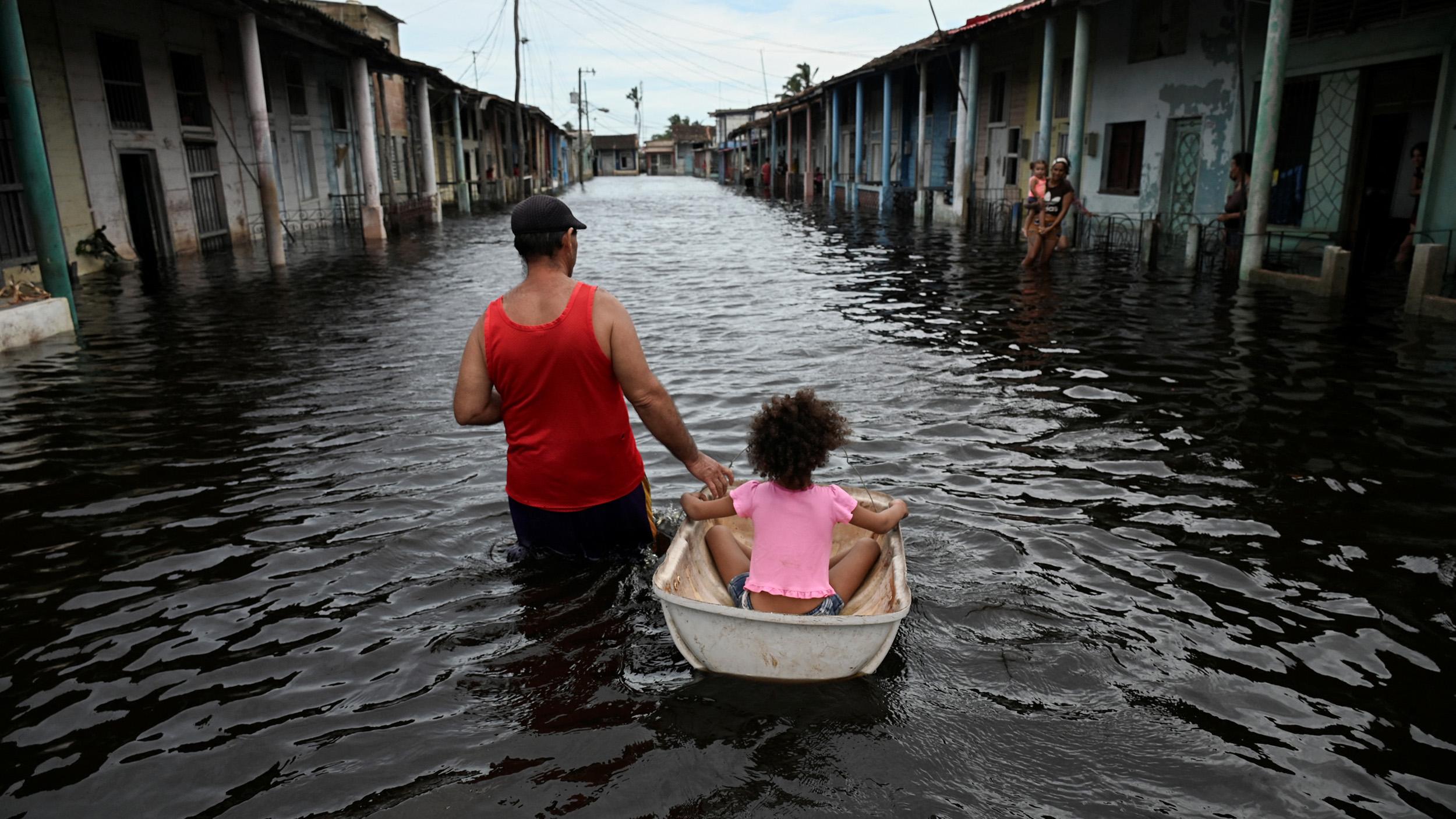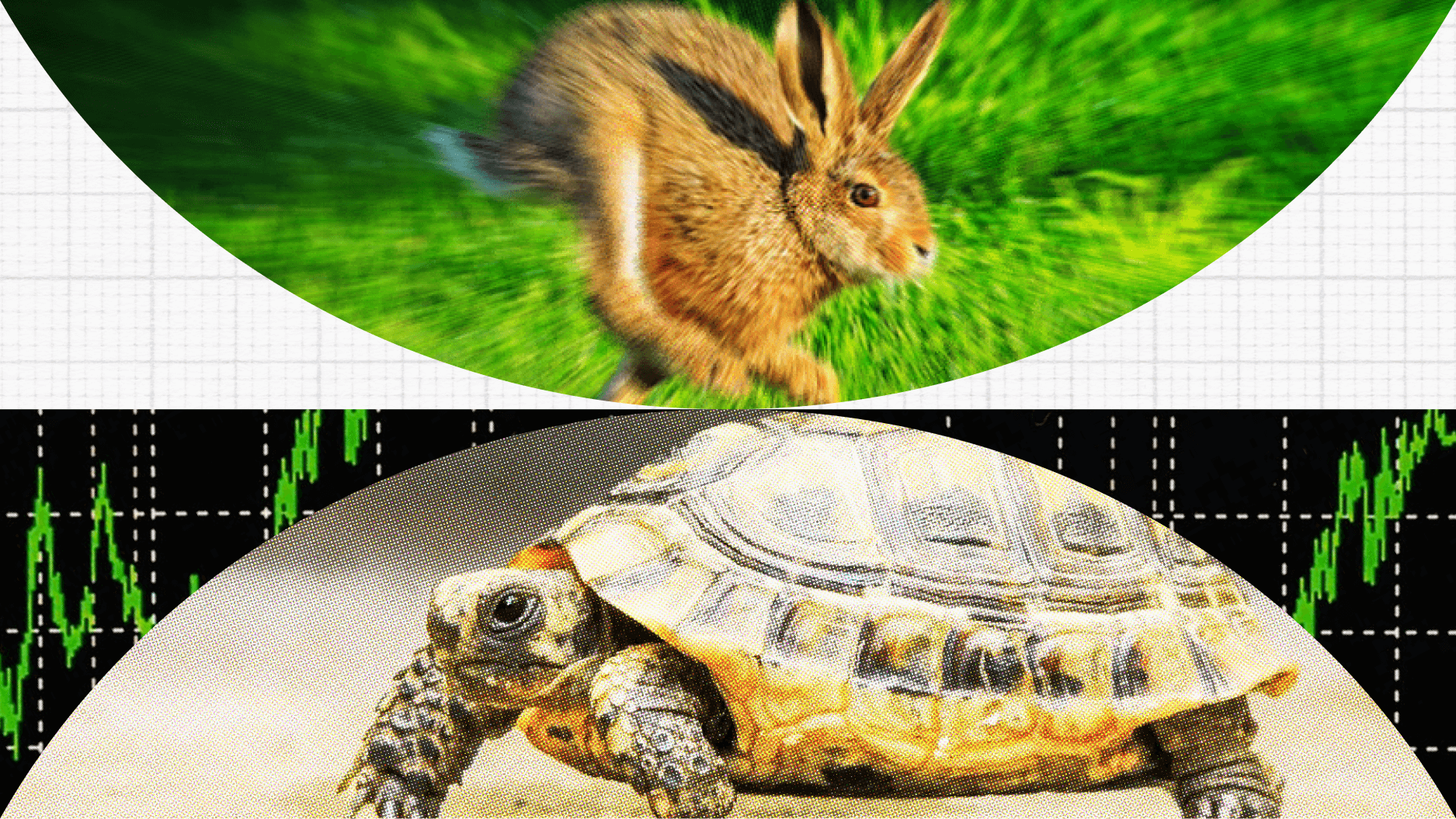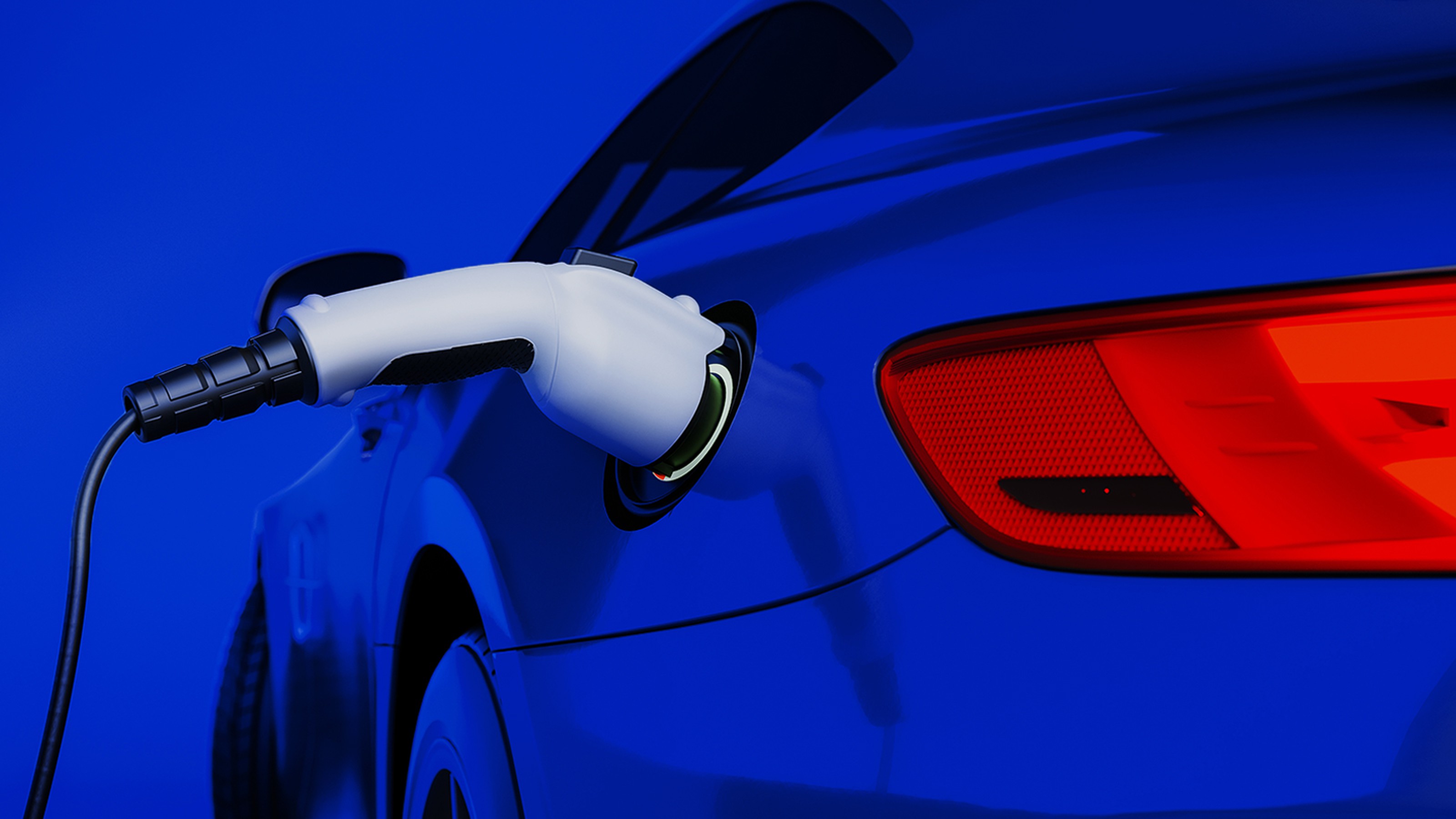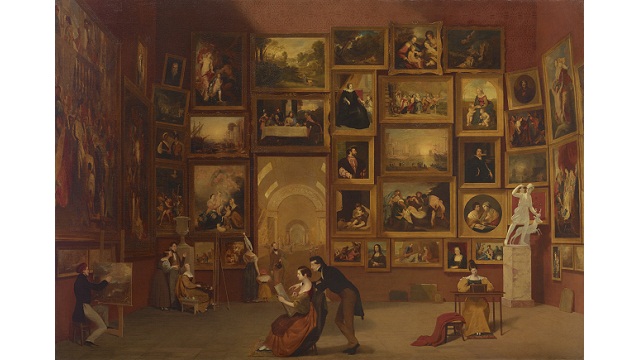Why Gore’s Climate First Campaign Is Likely to Run Up Against the New Normal of 2% Economic Growth

Jim Zarroli and John Ydstie filed stories for NPR this week on the “new normal” for the American economy, with experts anticipating that 2% annual economic growth will be a long term trend, a major shift from the 3% growth of past decades. Importantly for climate advocates, a 2% growth rate threatens to lock in unemployment rates at 10-12%.
As I described in Chapter 4 of the Climate Shift report, concern with the environment and climate change correlates strongly with unemployment rates. Often overlooked, in 2006 and 2007, during the peak years of public concern with climate change, unemployment rates were at 5.5%, the lowest levels since 2000. Take a look at the trends in the figure below. In years that unemployment is low, concern with the environment peaks. In years that unemployment rises, especially to the levels of recent years, public concern plummets.
With a new normal of double-digit unemployment — and with a prevailing center-right mood — any policy campaign that leads with a focus on climate change as the animating issue intended to mobilize political change — as Gore appears ready to do with his Climate Reality Project — is only like to appeal to a base of strongly committed environmentalists and progressives.
Obama and others have been criticized by Gore and his base for “not talking about climate change.” The Obama Administration has pursued instead a policy and communication agenda that emphasizes the role of government in catalyzing innovation, with a strong emphasis on energy innovation. This strategy, given unemployment rates and economic conditions, is likely to have far more political traction than a climate first campaign as led by Gore and others.
As one economist explains to NPR, greater investment in innovation might lift economic growth closer to 3%, but what’s still missing is public funding of innovation efforts.
Economist Ken Goldstein of the Conference Board explains that for the first part of the year, the U.S. economy grew very slowly — an annualized rate of only about 2 percent.
“Without innovation, not only would you be stuck at 2 percent — we might be lucky to get 2 percent growth,” he says.
Goldstein says a concerted focus on innovation could boost growth by perhaps half a percentage point.
“And that’s got to be worth, alone, maybe 50-, 75- maybe even 100,000 jobs a month,” he says.
That’s nothing to sneeze at when you consider that just 18,000 jobs were created last month.
But innovation, and the jobs it creates, doesn’t happen overnight. It takes time, and there’s another stumbling block — money.
“Where we are right now is not a dearth of ideas, but the ability to finance those new ideas into new companies, new products, new services. It hasn’t broken down, but it has slowed down,” Goldstein says.
Right now, not much public money is being invested in innovation, and despite historically low interest rates, there’s not all that much private-sector investment, either.
From another of the NPR stories, see the figure below charting the implications of a 2% growth rate, changes that will be top of mind for most Americans. Given the limited pool of worry for the public, under these conditions engaging the public on climate change will only likely grow more difficult.







